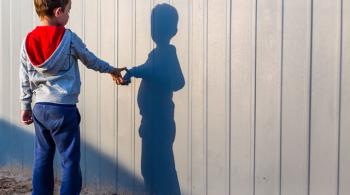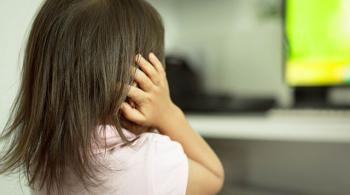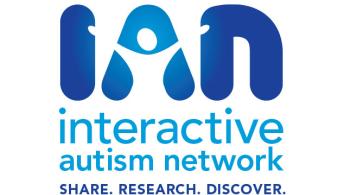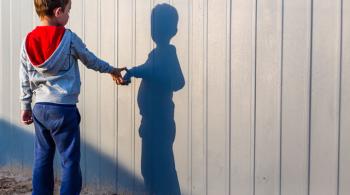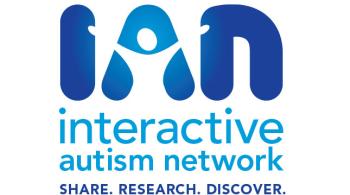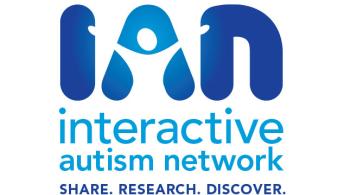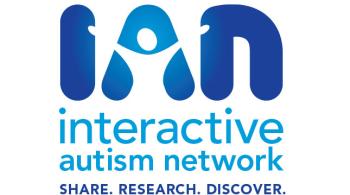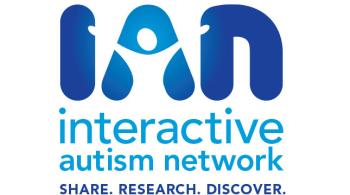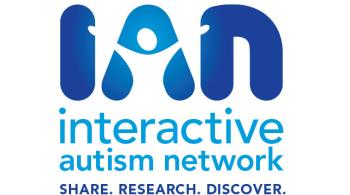Autism spectrum disorder now affects 1 in 68 children in the United States.1 Families are on the front lines, struggling to find services and therapies for their children, while school districts, health care systems and public policy makers scramble to respond. Meanwhile, adults with autism look for residential and other supports in an often-overburdened disability service system.
Autism, as a diagnosis, is at a crossroads. In 2013, American psychiatrists revised their diagnostic manual, trading in the previous four conditions under the autism umbrella for one name, "autism spectrum disorder." The word "spectrum" expresses the variability across the areas of challenge affected by autism; there are many levels of ability and disability in people on the spectrum.
For example, a person with autism spectrum disorder (ASD) could have no functional speech, or have an advanced vocabulary. He may have intellectual disability, or an above average Intelligence Quotient (IQ) with an advanced degree. He may be socially withdrawn or socially active but in an oblivious, eccentric way. He may be fixated on fans, or have an encyclopedic knowledge of music.
Until 2013, doctors tried to distinguish between the different varieties of autism by using one of four different diagnoses on the spectrum:
- Autism – the Defining Disorder of the Spectrum
- Asperger’s Syndrome (a milder form of autism)
- Pervasive Developmental Disorder-Not Otherwise Specified (PDD-NOS, or atypical autism)
- Childhood Disintegrative Disorder
Here's an example that illustrates some of the problems with that system:
Take the case of Jennifer. She had a major speech delay, but has overcome it and speaks with only the slightest of impediments. She is socially aloof, preferring to be left alone to line up her My Little Ponies in a specific order, and she tantrums when anyone interferes with her solitude. Jennifer was diagnosed with autism.
Kyle talked on time but has trouble interpreting figures of speech. He is very clumsy, can't interact with his classmates successfully at all, and is obsessed beyond reason with the Angry Birds video game. Kyle was diagnosed with Asperger’s syndrome.
Despite different labels, are Jennifer and Kyle really so different?
Scientists decided they weren't. They reached a consensus that the four disorders that made up the old spectrum "are actually a single condition with different levels of symptom severity in two core domains."2 Those domains are "1) deficits in social communication and social interaction and 2) restricted repetitive behaviors, interests, and activities (RRBs)." RRBs are perhaps the most well-known, and puzzling features, of autism, such as hand-flapping, rocking, lining up toys, finger-flicking or staring at the whirling blades of a fan.
For more information on those core symptoms, see
- Impairments in Social Interaction
- Problems with Communication
- Behaviors that Puzzle: Repetive Motion and Obsessive Interests
A team of experts created a new diagnosis, social communication disorder, for people who have the social difficulties of autism but do not have the repetitive behaviors.2 That new diagnosis is not on spectrum.
Of course, many of the people diagnosed under the previous system are expected to continue using their original diagnosis, be it autism, PDD-NOS or Asperger's, rather than to undergo a re-diagnosis.
Unlocking The Spectrum: The Search for Meaningful Subtypes
Autism can be so different in different people, making it a "hetereogenous" disorder. "This heterogeneity raises the possibility that there are several types of autism, with a variety of causes," according to the U.C. Davis M.I.N.D. Institute, which is studying the issue.3 Since ASD is a complex spectrum, researchers have been trying to identify meaningful subtypes of autism based on observable and measurable genetic, biomedical, and behavioral traits.5,6,7 If they can identify specific forms of autism, with specific causes, they will be in a much better position to discover more effective treatments.
The large Autism Phenome Project at U.C. Davis M.I.N.D. Institute is attempting to find subgroups of autism, looking at behavior and biological differences.3 "We have come to believe that autism is not a single disorder but rather a group of disorders – AutismS versus Autism. Each one of these autisms may have a different cause. We also think that each type of autism will most benefit from different types of treatment. The Autism Phenome Project (phenome just means type) is designed to gather enough biomedical and behavioral information to more clearly define the different types of autism," explained David G. Amaral, Ph.D, research director of the M.I.N.D. Institute, in a published letter.4
Additional Aspects of Autism
Individuals with autism may experience significant challenges in areas other than social communication and repetitive behaviors. These may include:
- Unusual Sensory Experiences and Noise Sensitivity
- Intellectual Disability
- Seizures
- Regression
There are also medical and genetic conditions that can occur together with autism. It's important to learn about these just in case they may also be playing a role. Furthermore, it is hoped that such conditions will provide pieces to the scientific puzzle. Such conditions include Fragile X Syndrome, Tuberous Sclerosis, and Mitochondrial Disease.
Through it All: Valuing The Individual
Labels such as mild, moderate or severe ASD do not always tell us all that much about any one person's functioning. It is not even so simple a thing as deciding where someone falls “on the spectrum,” because each individual is differently abled in different areas. One person may have a lower IQ, but fewer sensory issues and less obsessiveness, for example, while another may have a higher IQ, but severe sensory issues and major fixations on rituals or special topics. Which one, then, is “higher” functioning? Which one is “lower”?
What is important, above all, is to see each person with autism spectrum disorder as an individual first. Each person has their specific set of strengths and weaknesses, and beyond that mere tally of ability, their own personality, spirit, and will. Honoring that must always come first.
Additional Resources
For more information on the 2013 change in how autism is diagnosed, please see Redefinition: Autism, Asperger's, and the DSM-5.
References
- Centers for Disease Control 10 Things to Know About New Autism Data. Retrieved on 11/11/2014 from http://www.cdc.gov/features/dsautismdata/index.html
- American Psychiatric Publishing's Highlights of Changes from DSM-IV-TR to DSM 5. Retrieved from http://www.dsm5.org/Documents/changes%20from%20dsm-iv-tr%20to%20dsm-5.pdf
- "Autism Phenome Project (APP) and Autism Genetic Resource Exchange (AGRE)." UC Davis MIND Institute. Retreived on 10/21/13 from http://www.ucdmc.ucdavis.edu/mindinstitute/research/app/
- Letter from David Amaral Ph.D. Retrieved on 10/21/13 from http://www.ucdmc.ucdavis.edu/mindinstitute/research/app/amaralwelcome.html
- Volkmar, F., & Klin, A. (2005). Issues in the classification of autism and related conditions. In F. Volkmar et al. (Eds.), Handbook of Autism and Pervasive Developmental Disorders (pp.5-41). Hoboken, NJ: John Wiley & Sons.
- Rutter, M. (2000). Genetic studies of autism: From the 1970s into the millennium. Journal of Abnormal Child Psychology, 28(1), 3-14. View abstract
- Viding, E., & Blakemore, S.J. (2007). Endophenotype approach to developmental psychopathology: Implications for autism research. Behavioral Genetics, 37(1), 51-60 . View abstract

